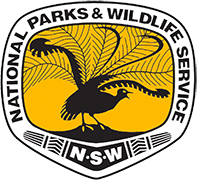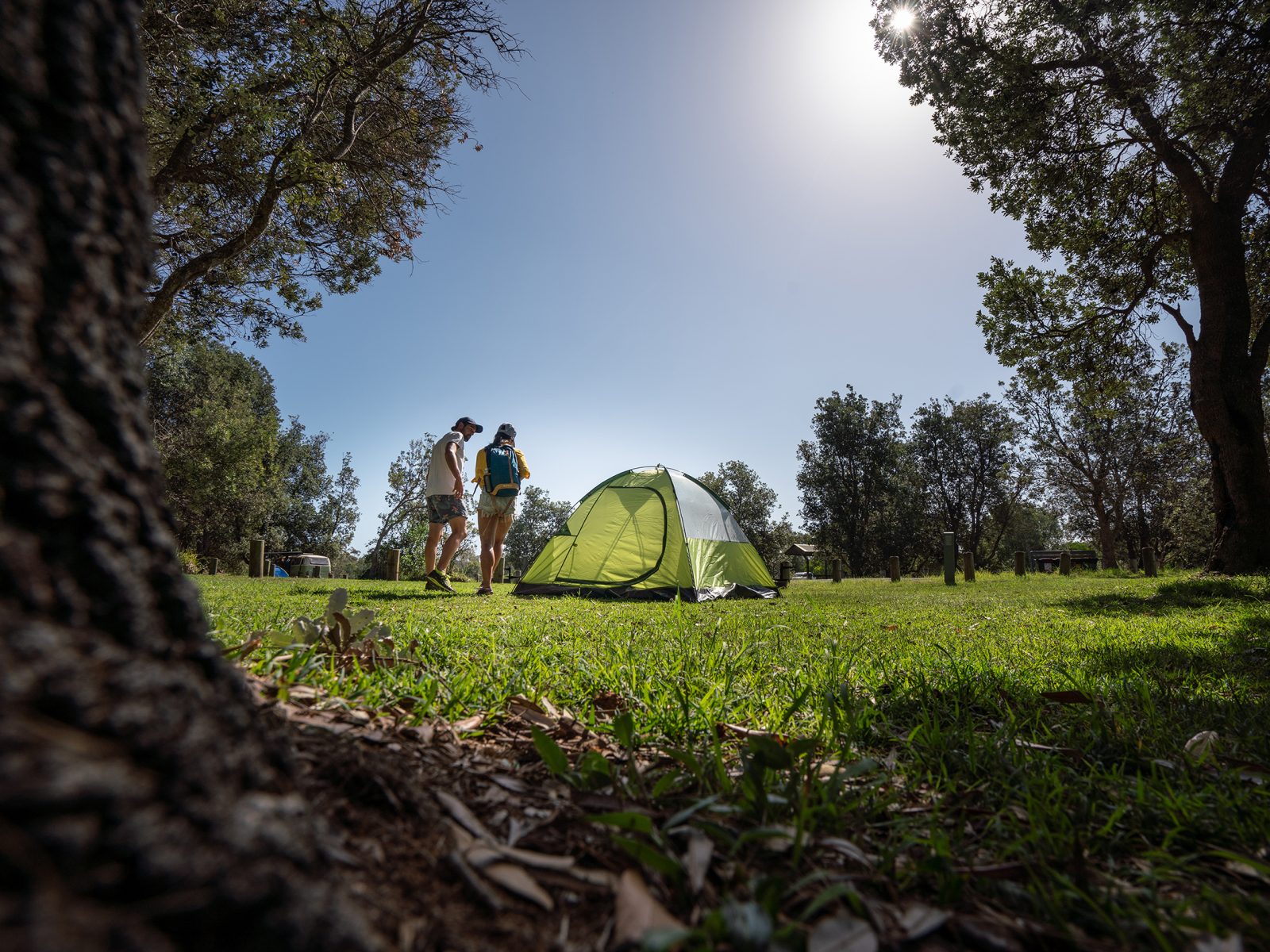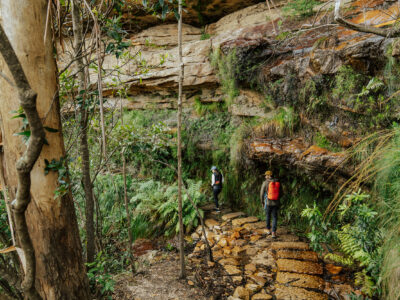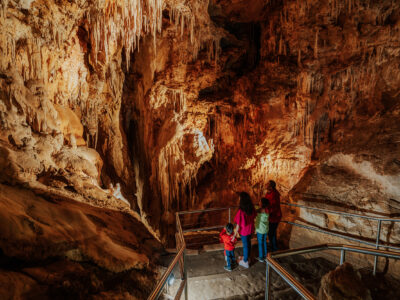A camping trip is the perfect little push to go off-grid, strip things back, think minimalist and be mindful of what you really need…both practically and philosophically.
But trying to pack for everything you might require for a successful adventure into the wilderness can so easily lead to buying a heap of extra stuff with endless packaging, lots of excess, and single-use items that will get thrown out, all under the guide of the Scout’s motto ‘being prepared’.
Here are some ways to ‘be prepared’ for your next camping trip in a better way, keeping waste and your environmental footprint as low as possible.
-
Equipment for the earth
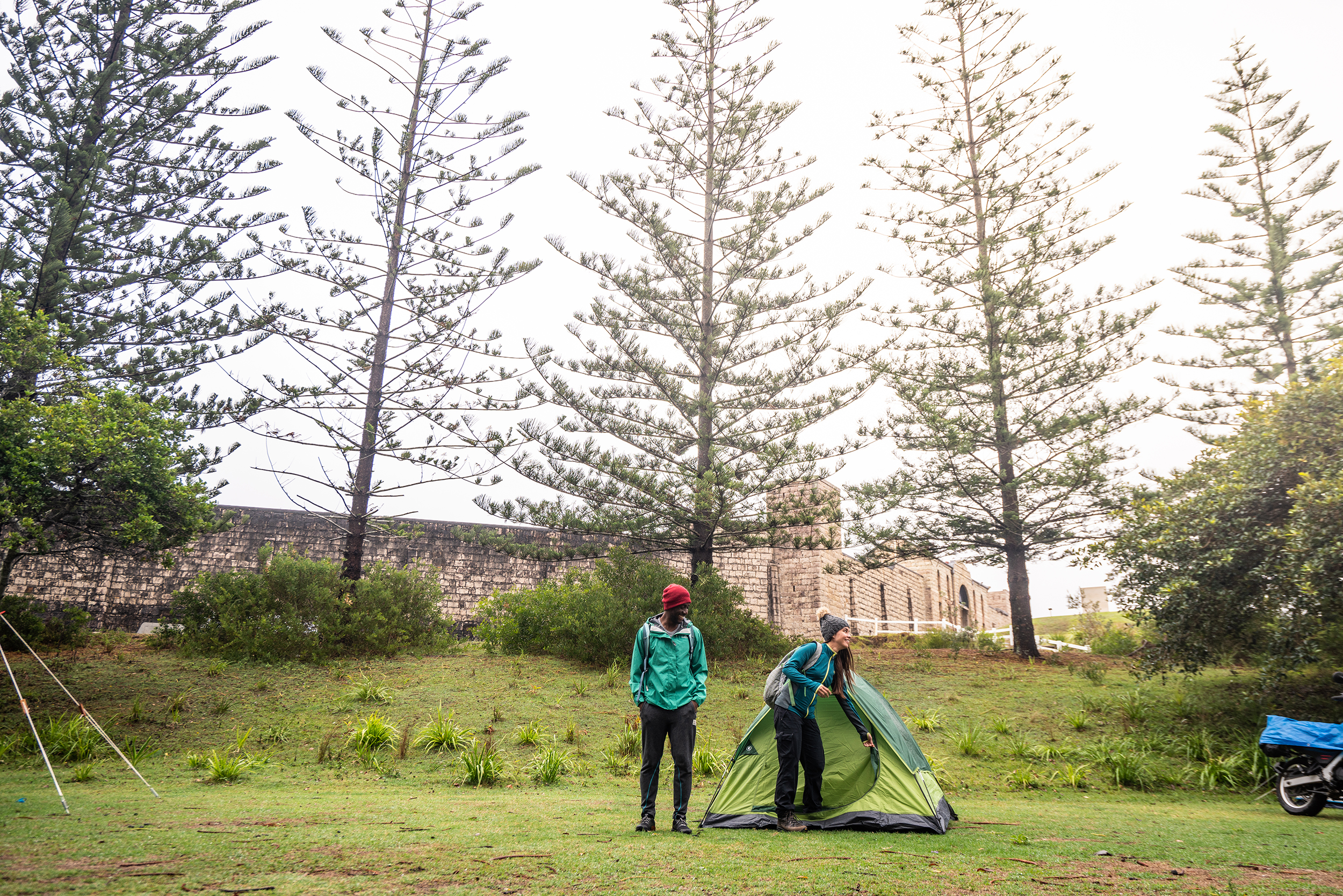 Photo Information
Photo InformationBorrow gear it’s good for the wallet and good for the earth. #WinWin
Arakoon National Park
Rob Mulally / DPIE (2019)
Need to buy some new camping gear? Go with the mantra of ‘buy once, buy quality’. Don’t be wooed by the on-sale, cheapest air mattress that’s going to deflate in the middle of the night and be thrown out, creating waste. Instead, invest in a more expensive one you’ll keep for years.
Treat your camping gear like activewear – spend a bit more on the good stuff and it’ll make you way more motivated to get out there and use it!
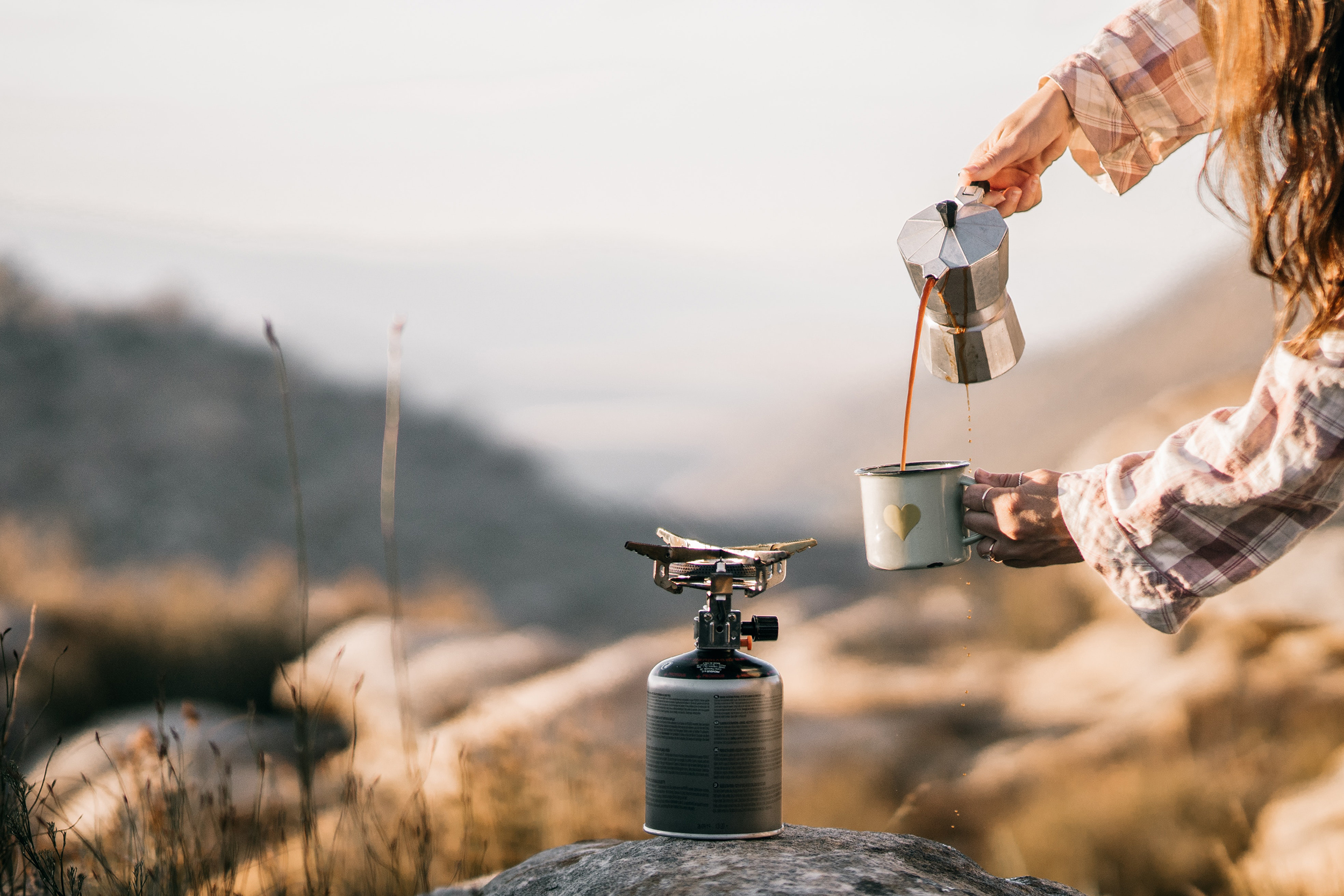 Photo Information
Photo InformationThe elixir of life
Taryn Elliot via Pexels
If you’re not camping every weekend, chances are your friends and family aren’t either. Why not send out a group message and see what you can borrow before buying everything new. Think items like gas stoves, camping chairs, head torches, lanterns. Fellow campers will be only too happy to show off by lending you their latest cool outdoorsy gadgets.
Check out a hit list of camp gear here to help you start planning what to buy, or beg and borrow.
-
Shop ‘n’ prep
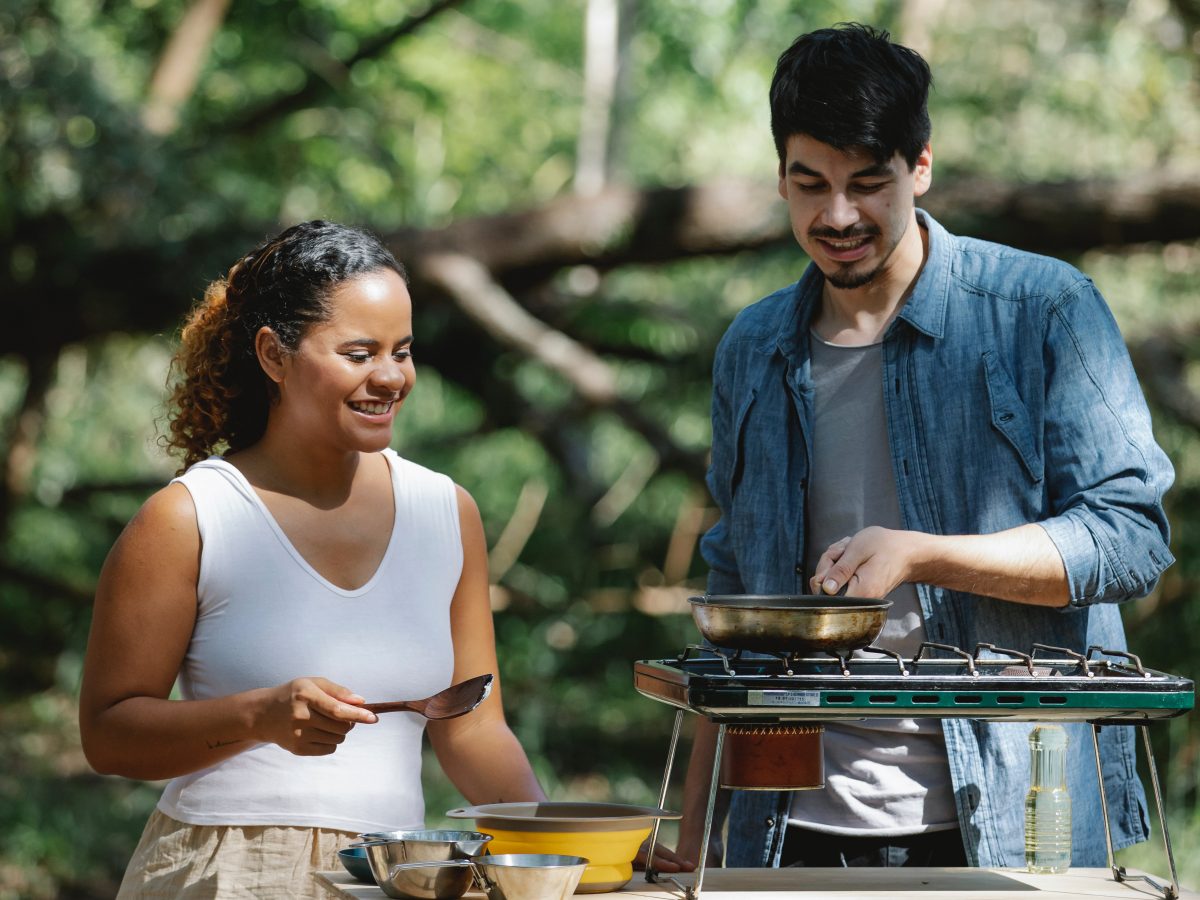 Photo Information
Photo InformationUriel Mont via Pexels
‘What are we going to eat?’ is, rightfully so, always a main focus when travelling. The best way to keep food as close to zero waste as you can is to plot out a simple meal plan. Check out these 10 best camp meals as a starting point.
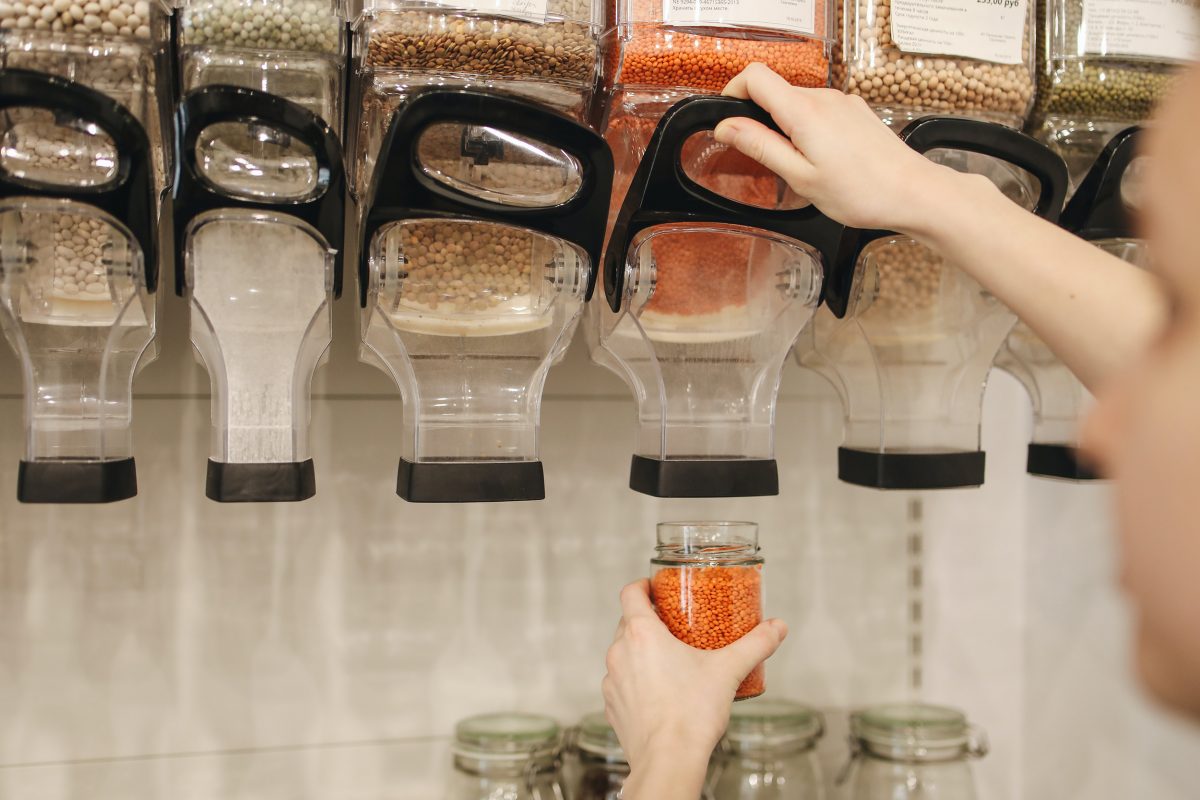 Photo Information
Photo InformationPolina Tankilevitch via Pexels
Next, skip the supermarket and head to your local grocer, deli, butcher and bulk wholefoods stores. You’re trying to avoid anywhere that wraps apples in cling wrap on a foam tray, and instead sells grains out of wooden barrels by the kilogram and has bread without a plastic bag around it.
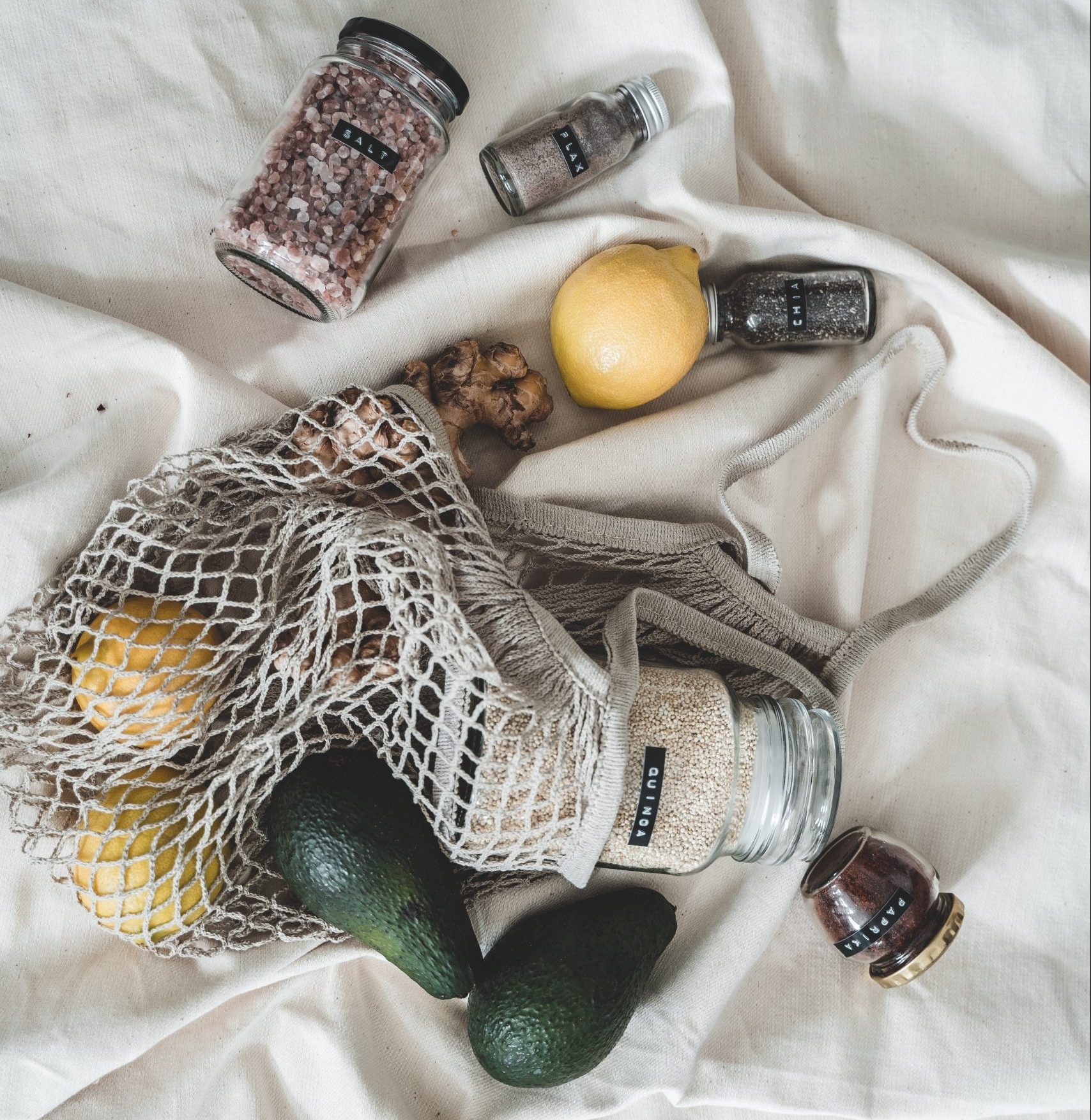 Photo Information
Photo InformationEco bags for the win!
Taryn Elliot via Pexels
BYO canvas or cloth bags, glass jars or containers and beeswax wraps to pack into and keep food fresh. For fresh meat, ask the butcher to wrap in wax butcher’s paper, which is compostable.
 Photo Information
Photo InformationThe easiest flex – making your own camping snacks. #Flex
Annelies Brou via Pexels
Snacks can be one of the worst offenders for excessive plastic packaging, so stock up at a wholefoods shop too. Instead of buying individually-packaged muesli bars for your hikes, bake a granola bar slab (try this one) before you go, cut into pieces, wrap in compostable baking paper, and brag to your campmates.
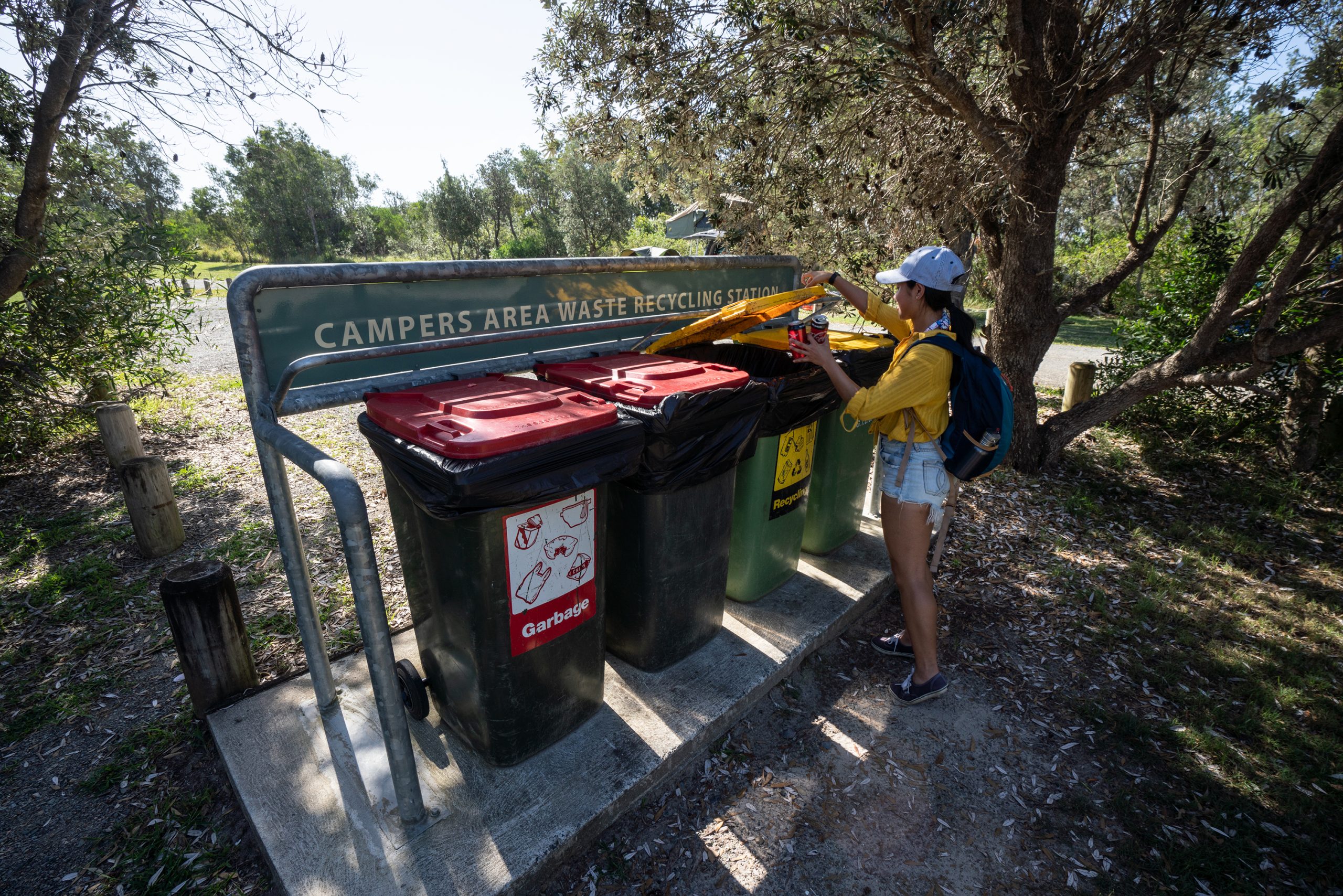 Photo Information
Photo InformationThe three R’s : Reduce, Reuse and Recycle
Crowdy Bay National Park
Rob Mulally / DPIE (2019)
Some camp essentials require plastic and just can’t be avoided (hello, marshmallows for toasting). Remember there are recycling bins in (some) national parks, and you can take soft plastics home with you until you can drop them off at a recycling point – the local supermarket usually has one.
Zero waste top tip: Take home any food scraps for compost in one of the containers you brought food in, as human food can be dangerous and toxic to native wildlife. Please help us to keep wildlife wild #don’t feed it.
-
Water, fire and ice
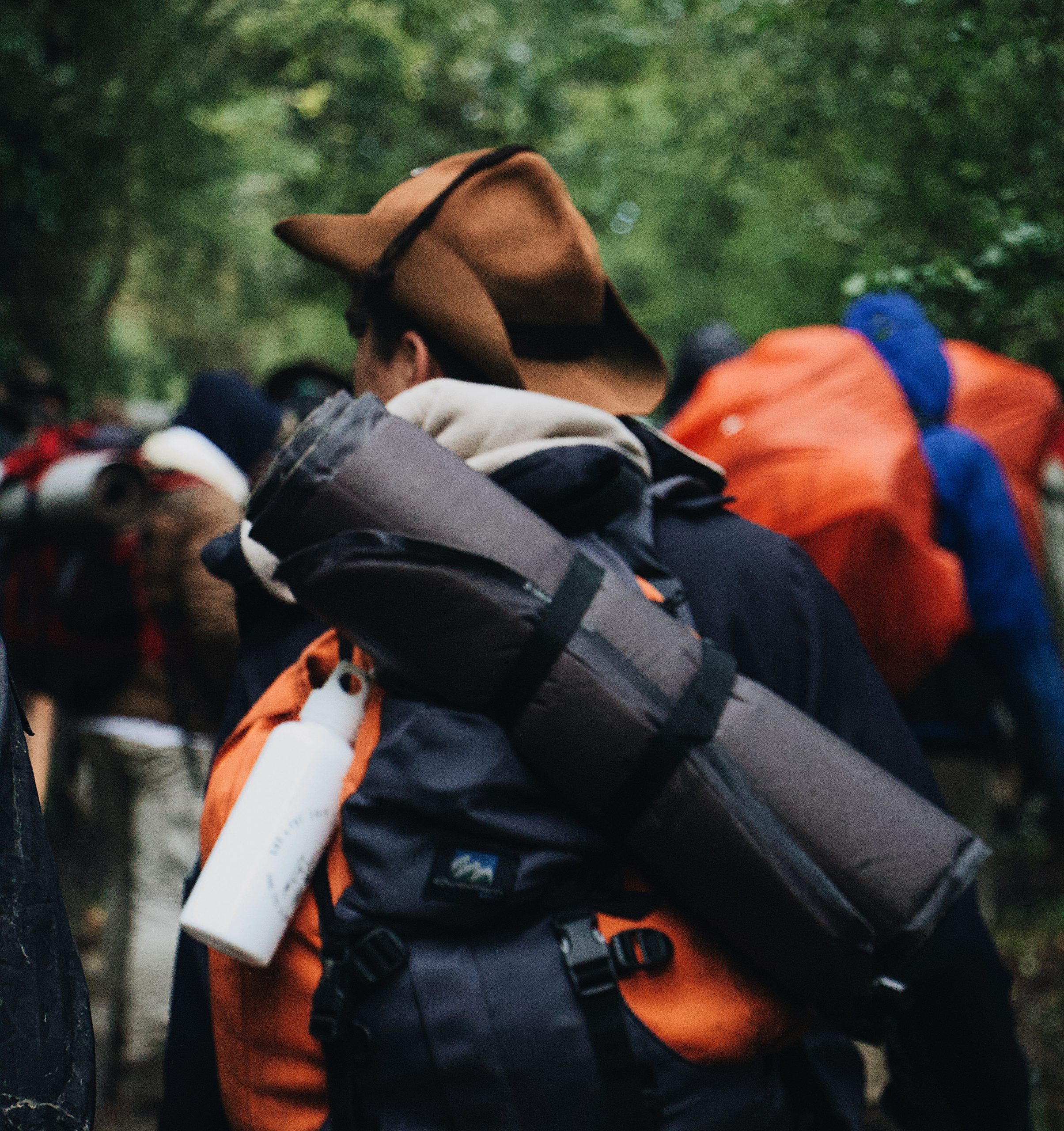 Photo Information
Photo InformationA bottle that you can hook on your bag? #Winning
Juan Mandez via Pexels
The fundamental elements can trip even the most sustainable camper up. A reusable water bottle is a camping no-brainer. Invest in a good one with a hook on the cap to clip onto your backpack, and insulated for keeping water ice cold or tea piping hot.
 Photo Information
Photo InformationDan Parsons / DPIE
To refill, make sure you have a large, reusable water container with a tap for the campsite, which is available from camping stores. If you have to do a supermarket water run and get a plastic one, buy at least a few litres in bulk, never individual, smaller plastic bottles.
For ice, avoid plastic bagged ice from the servo and instead freeze water in used milk bottles or ice cream containers (remember to recycle after use) and throw them in the esky. Make ice out of salted water and it will stay colder for longer.
To get the campfire going, ditch the plastic disposable lighter for a metal flint fire starter. They’re cheap (from $10), you can use them over and over again, plus you’ll feel like you’re on Survivor making fire with your bare hands.
Ranger Tip: Check if there are any planned park fire bans before you go. If there’s a park fire ban in place you will not be able to light a campfire or solid fuel barbecue or stove.
-
Toiletries to-go
 Photo Information
Photo InformationTabitha Mort via Pexels
Lots of chemicals in everyday toiletries are harmful to the beautiful streams and rivers that might be around your campground. Do a bit of research to find products that use biodegradable ingredients – don’t forget sunscreen and insect repellent, too.
Ranger Tip: To prevent harm to fish and other wildlife, please only use detergents, toothpaste and soap if you’re at least 50m from any waterways.
You can buy soap, shampoo and conditioner and deodorant in bar form in tin or bamboo lightweight containers, which removes the need for the multiple travel-sized plastic bottles that will get thrown out. Check out a great eco-friendly brand here.
-
Tap into the sun’s rays
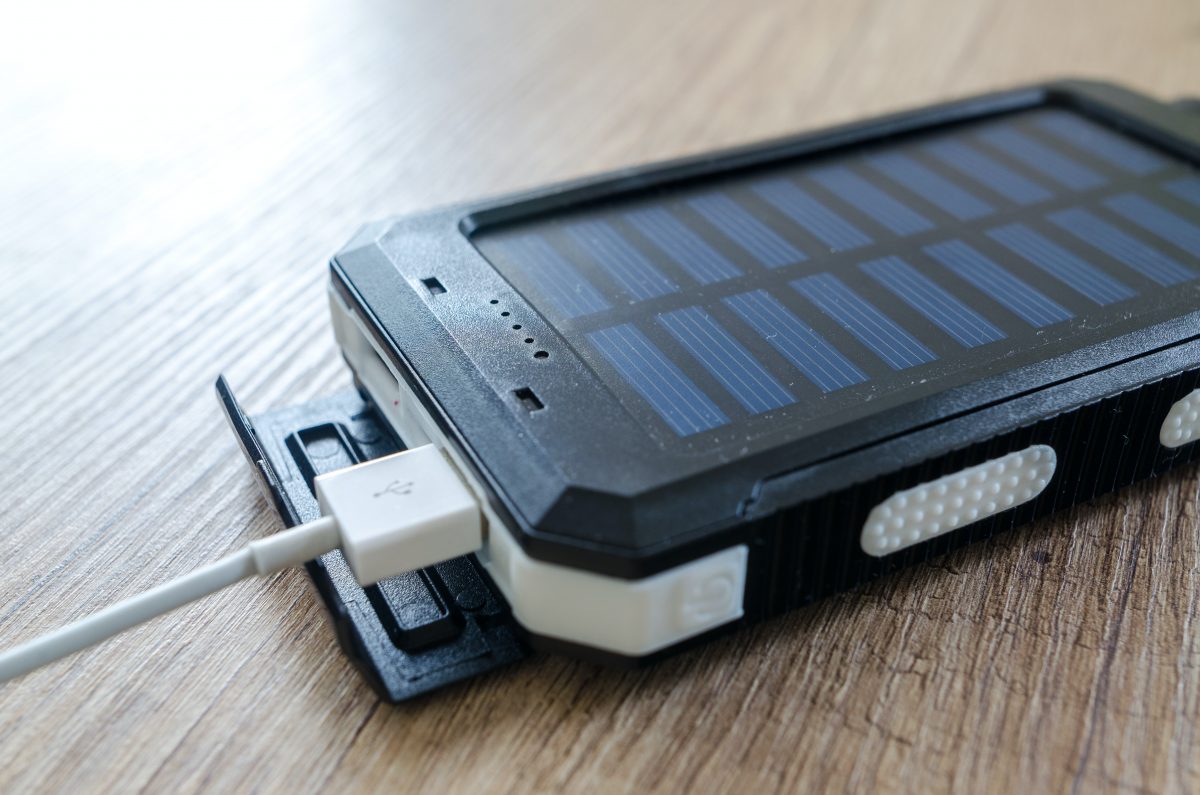 Photo Information
Photo InformationLukas via Pexels
Go the extra step and try and go zero waste with your energy sources while in nature, too. You’ll want to make sure your phone has some life in it for capturing camping moments, and of course to use the NPWS App for maps and walking trails (these can be downloaded and used in offline mode, so no wifi or internet connection needed).
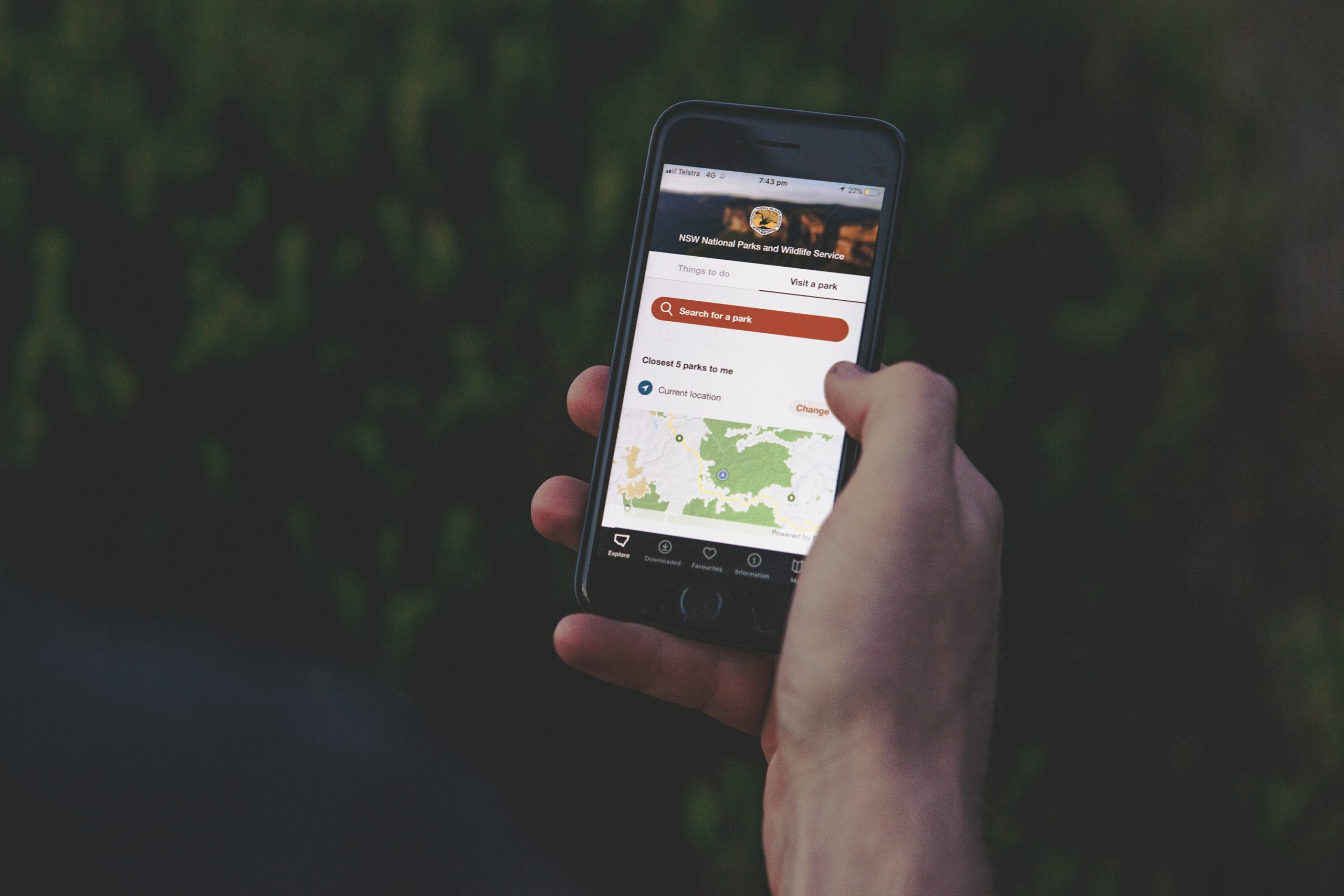 Photo Information
Photo InformationThe NSW National Parks APP the ultimate NSW parks guide in your pocket
Dan Parsons / DPIE
To avoid turning on the car to grab some juice, invest in a small portable solar charger. You can also get solar-powered lanterns and torches that charge during the day, ready for after-dark UNO battles.
Follow these tips and you’ll be set for a few nights away in nature with minimal fuss, and, better still, minimal impact on your surroundings.
